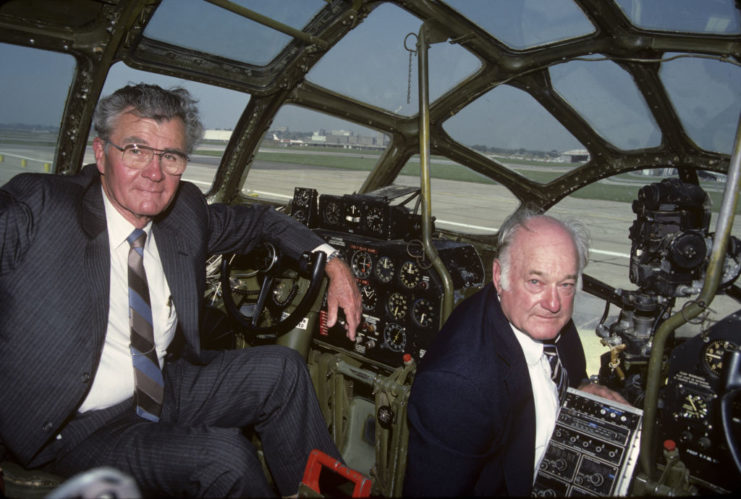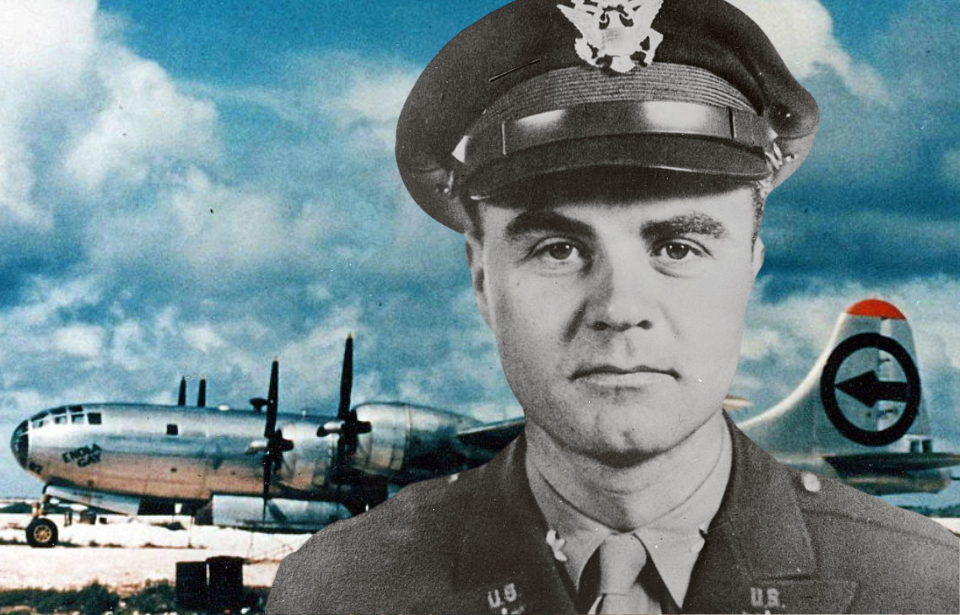Paul Tibbets enlists with the US Army Air Corps
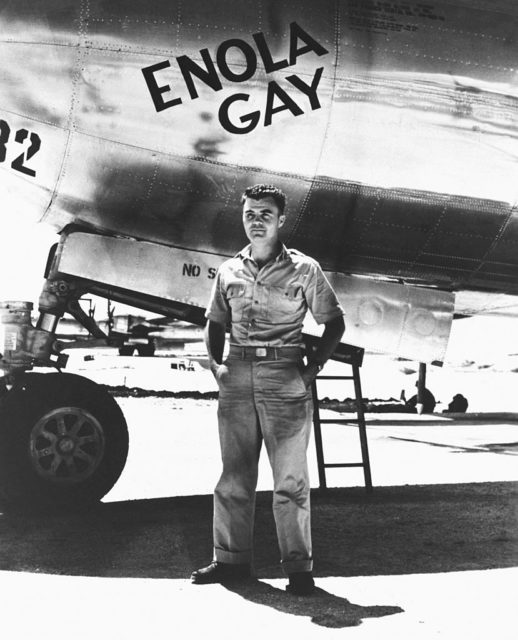
Paul Tibbets was an abdominal surgeon before joining the U.S. Army Air Corps (USAAC). He originally signed up for a three-year commitment and earned his pilot wings in 1938. When World War II started, he decided to stay on active duty. While he’s best known for his role in the Pacific Theater, Tibbets actually flew bombing missions over North Africa and France first. He also served as General George Patton’s personal pilot from 1940 to 1941.
Paul Tibbets was a test pilot for the Boeing B-29 Superfortress
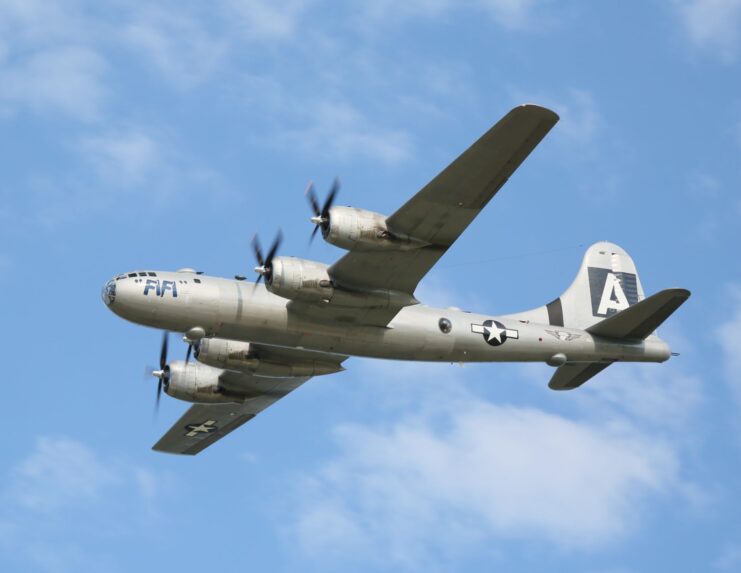
In the autumn of 1943, Paul Tibbets was called back to be a test pilot during the development of the Boeing B-29 Superfortress. He discovered that, by removing armor plating and armaments, the bomber became 7,000 pounds lighter and performed better. After a year, he was assigned to retrain other pilots in the 17th Bombardment Operational Training Wing (Very Heavy).
In 1944, Tibbets was appointed to lead the 509th Composite Group, which was tasked with the training and deployment of atomic bombs from B-29s.
Bombing of Hiroshima
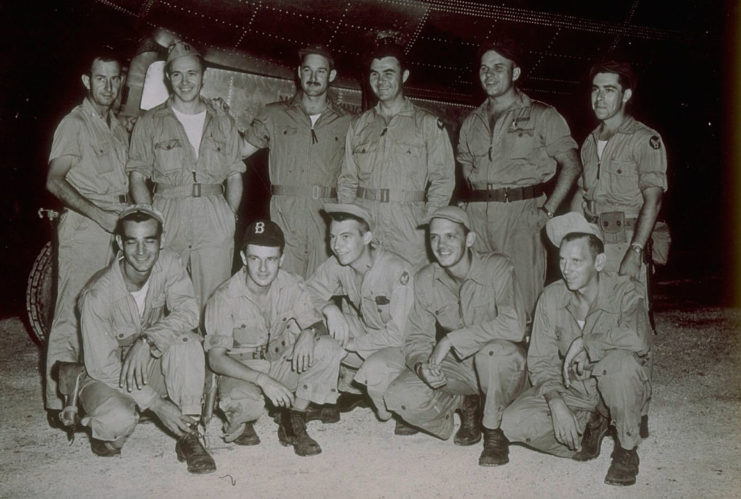
In May 1945, Paul Tibbets and his crew relocated to Tinian, conducting routine bombing missions over Japanese-occupied islands while also training with atomic bomb prototypes.
When the 509th group received authorization to target Japan, Tibbets took command of the bomber chosen to deliver Little Boy, the atomic bomb dropped on Hiroshima. He named the aircraft Enola Gay, in honor of his mother.
Dropping Little Boy
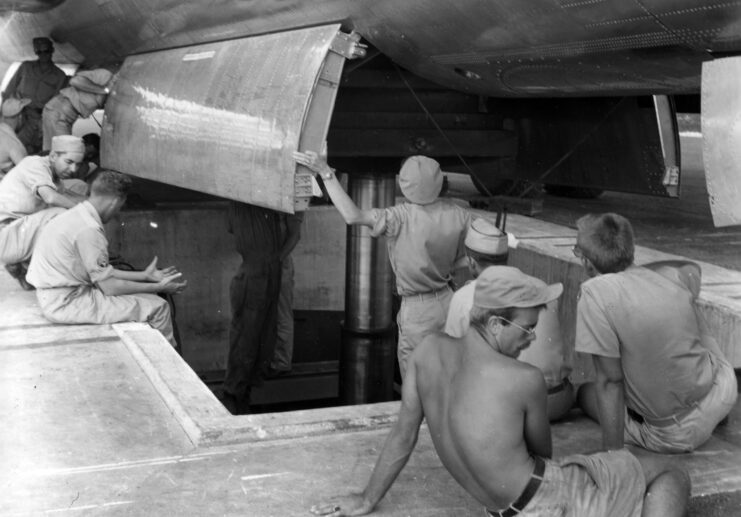
On August 6, 1945, Paul Tibbets and his crew, accompanied by two observation planes, carried out the mission to drop the atomic bomb known as Little Boy on Hiroshima. Tibbets later described how quickly a huge mushroom cloud rose over the city after the blast.
While some members of his crew were involved in the second mission over Nagasaki, Tibbets did not take part in that operation. He is remembered as the first person in history to drop an atomic bomb on an enemy city.
Paul Tibbets returns home as a war hero
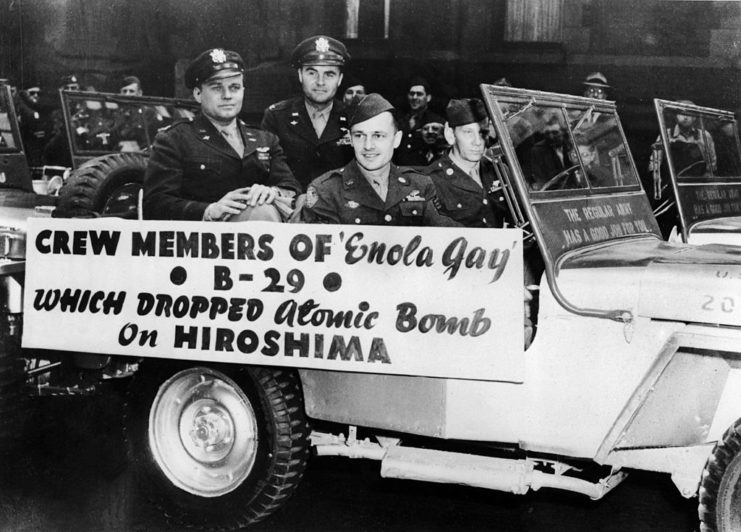
Paul Tibbets, a key figure during World War II, was awarded the Distinguished Service Cross for his crucial contributions to the war effort, and he was personally recognized by President Harry Truman during a White House ceremony.
However, Tibbets became a lightning rod for controversy in 1976 when he participated in a re-enactment of the Hiroshima bombing at an airshow in Harlingen, Texas. The event sparked outrage in Japan, prompting a formal apology from the U.S. government. Tibbets explained that his participation wasn’t meant to insult anyone.
Throughout his life, Tibbets firmly defended the atomic bombings, arguing they were essential for ending the war, even though he wasn’t proud and openly acknowledged the tragic loss of life they caused. His complex feelings about the destruction and ethical implications of nuclear warfare likely played a role in his wish to avoid a funeral or headstone, preferring not to become a symbol or focus of further debate.
Paul Tibbets’ final resting place
